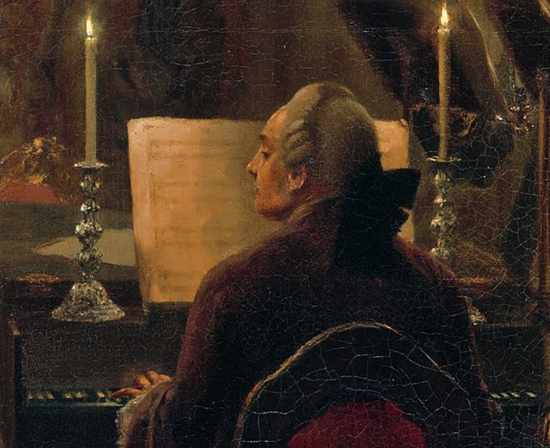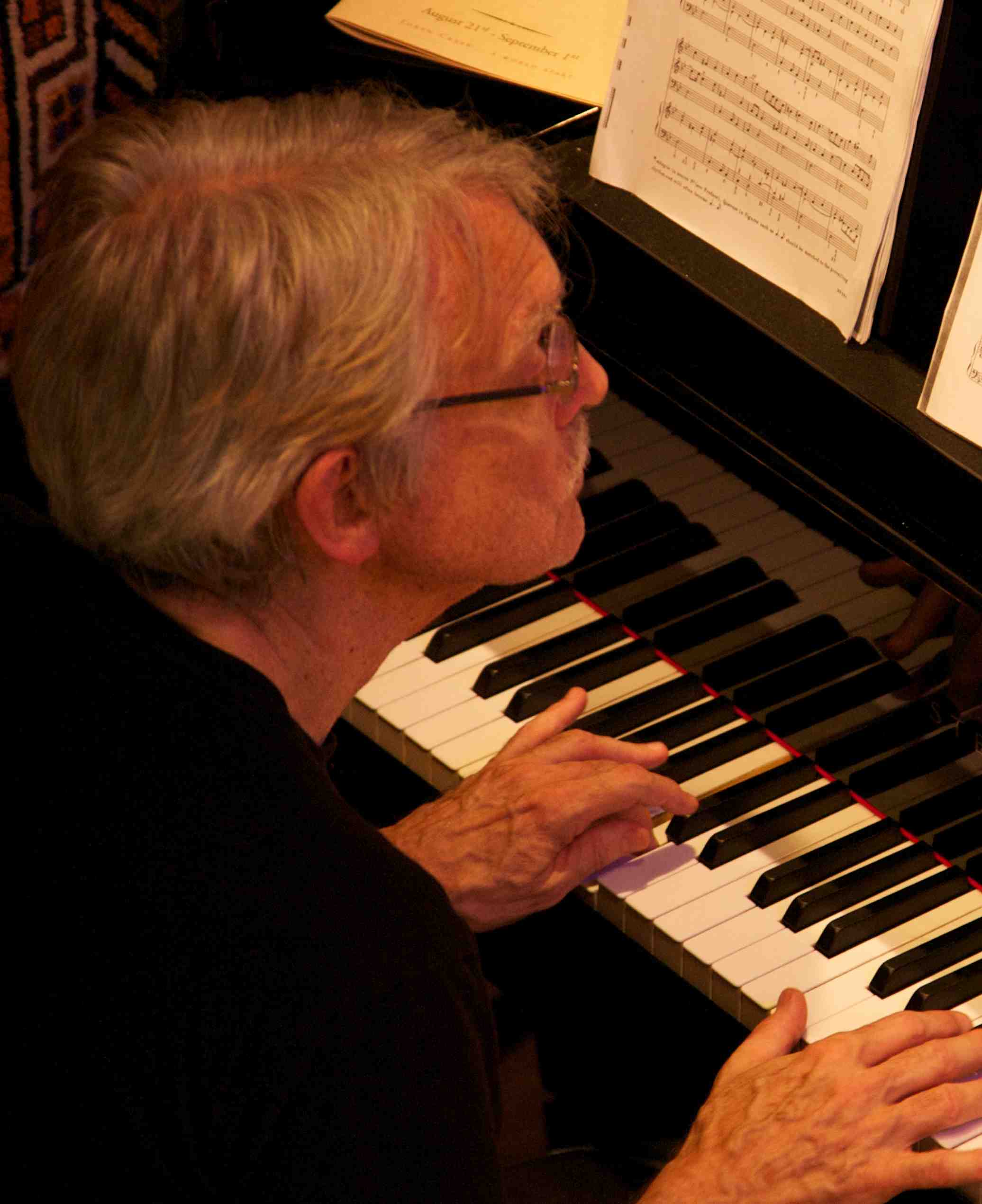Twenty-Fifth Anniversary Season
August 23-31, 2014
C.P.E. Bach, an anniversary (1714-1788)
One of the many privileges of co-directing a music festival is study, a chance to pause over music that might go by too fast, a chance, even, to make a connection with music that has remained alien too long. For many years I cherished a suspicion of, close to an aversion to C.P.E. Bach’s music. This was based on a large number of keyboard pieces I heard in the ‘60s played by the eminent harpsichordist Louis Bagger. The pieces had a pronounced WOW factor, they were calculated to immediate effect, they asked provocative questions, then shirked answering. The non-sequiturs, as in many of today’s novelties, seemed mere posturing, the work of a gadfly without a message.

Tied to this was an impression that C.P.E. was an ingenious person. In spite of his good stewardship of the materials left to him from his father, he seemed self-servingly willing to promote J.S. Bach’s teacher reputation, a prescription which stemmed from the competition between them.
I now believe many of these impressions were wrong, or at best uninformed. C.P.E. Bach is a complicated case, and needs a much more attentive examination.
He was J.S. Bach’s second son. The first, Friedmann, was more talented, but less industrious. Friedmann’s best pieces seem to have a naturalness and pure musicality unavailable to C.P.E., but they lack a strategy to fully separate from his father.
Such a strategy does C.P.E. deploy, with a vengeance. This took courage and an investigative mind. It seems clear that the son’s valuation of his father’s music grew during the course of his career. Together with his vast experience as a composer came an appreciation of the foundation he had received from his only teacher, together with a perception of the enormity of that teacher’s artistic achievement.
Carl Philip Emmanuel was too good a musician not to notice something: In spite of being the most famous and highly regarded composer in the world by the 1740s (J.S. Bach was still alive), he was not in the same league with the old man. He becomes, instead, avatar of the new, often at his best while disturbing the logic, proportion, and density which was his father’s hallmark.
Much has been said about the manner, the tone of much of his music, which says: this need not always be so serious, this need not be so responsible, this is apprehendable right away. These are things worth stating, periodically, and can be expressed, as in C.P.E.’s music, by a kind of nervousness, hurry, irresponsibility ‐ winning qualities in his best pieces.
 But the main agent of change in C.P.E. van be very simply described: He dismantles his father’s bass-line ‐ radically clears it out, reduces it much of the time to skeletal support, thus placing new emphasis on the charm, buoyancy, and unpredictability of the melodies.
But the main agent of change in C.P.E. van be very simply described: He dismantles his father’s bass-line ‐ radically clears it out, reduces it much of the time to skeletal support, thus placing new emphasis on the charm, buoyancy, and unpredictability of the melodies.
J.S. Bach’s music, in asserting that the bass possesses a profile very like the upper parts in activity and articulateness (and often surpasses them in importance) draws on very old principles carried forward from Renaissance polyphony. In reducing and domesticating the bass, C.P.E. achieves a new intelligibility and friendliness of texture and cuts his hereditary umbilical cord.
Still he retains a lot of J.S. in his ability, when he chooses, to develop and vary motives, to spin out large phrases, and to create drama and propulsion.
In this 300th anniversary year there is an added fascination: A scholarly filling out of his canon. A great proportion of his output is being made available for the first time in published form. There are many surprises, especially in the form of vocal and instrumental chamber music. “Premieres” are being offered, around the world, and the music, which has always been valued as a necessary historical moment, is now being valued for itself.
We can hear not only the way he both holds and breaks with his father, we can also hear why Joseph Haydn was so taken with this music. It has its own surprises, quirks, and above all a burning energy, singular, bold, drawing our attention, chastening our misconceptions.

John and Rose Mary Harbison
Artistic Directors